Optimal Timing for Waterproofing Projects
Proper timing is essential for effective waterproofing projects. The optimal period typically depends on weather conditions, temperature, and humidity levels that influence the curing process and adhesion of waterproofing materials. Performing waterproofing during favorable conditions ensures durability and long-lasting results.
Spring offers moderate temperatures and lower humidity, making it suitable for waterproofing applications. It reduces the risk of moisture interference during curing.
Early summer can be ideal due to warm weather, but high temperatures and thunderstorms may pose challenges. Proper planning is necessary to avoid weather disruptions.
Fall provides cooler temperatures and less humidity, which are conducive for waterproofing work before winter.
Winter temperatures often fall below ideal ranges, and freezing conditions can impair waterproofing materials and curing processes.
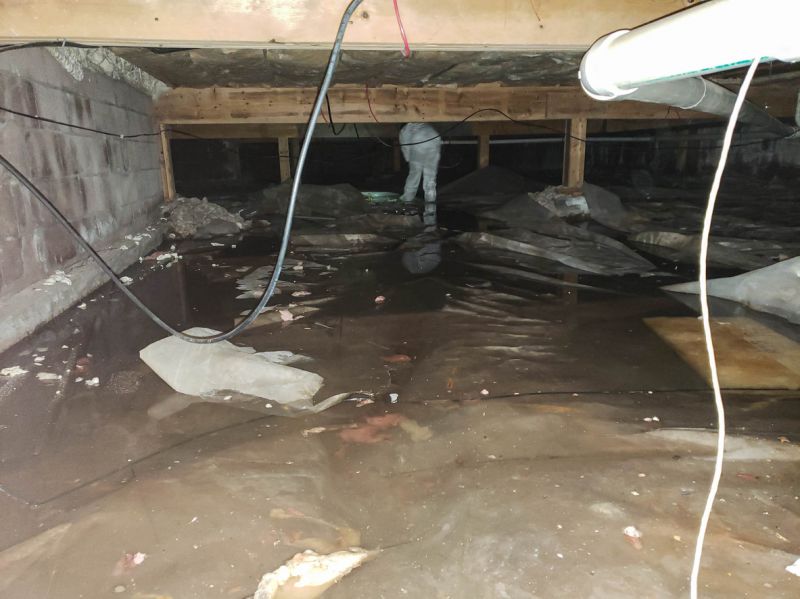
Ways to make Waterproofings work in tight or awkward layouts.

Popular materials for Waterproofings and why they hold up over time.
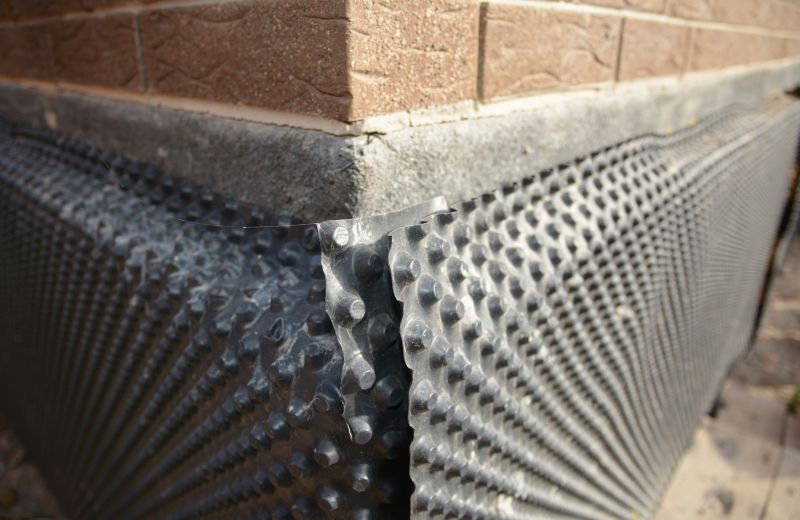
Simple add-ons that improve Waterproofings without blowing the budget.
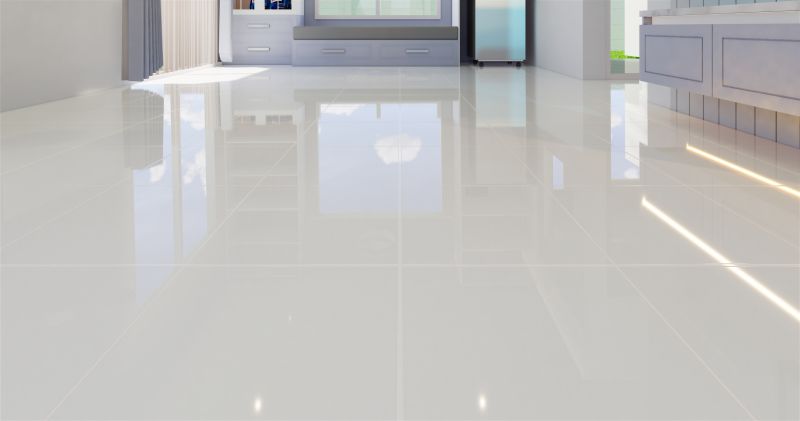
High-end options that actually feel worth it for Waterproofings.
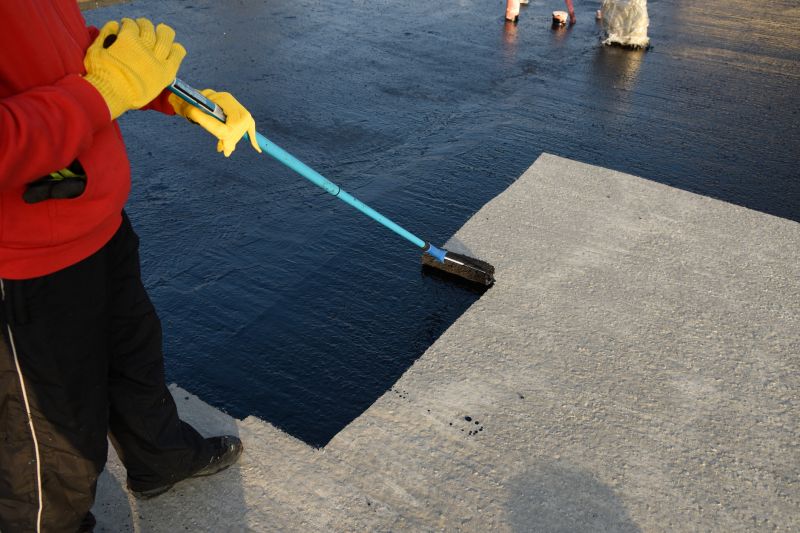
Finishes and colors that play nicely with Waterproofings.
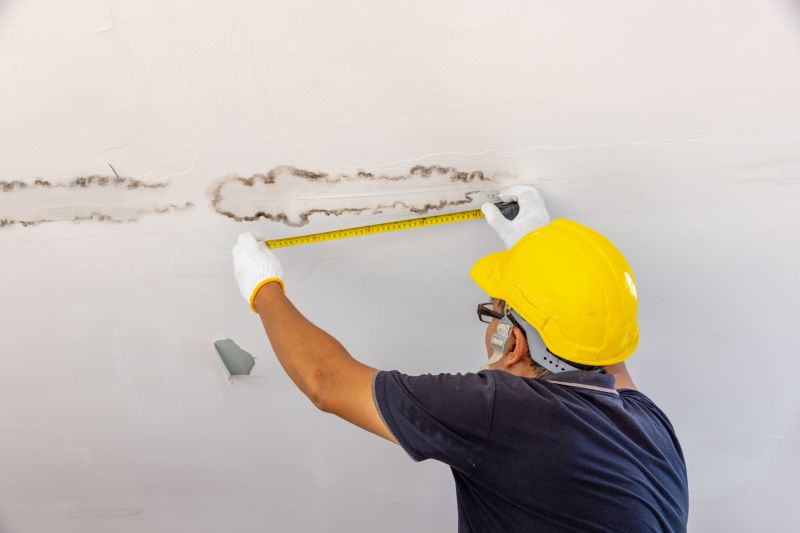
Little measurements that prevent headaches on Waterproofings day.
Waterproofings are essential for protecting structures from water intrusion, which can cause structural damage, mold growth, and other costly issues. Proper waterproofing extends the lifespan of buildings and maintains their integrity. Different waterproofing methods are suited for various applications, including basement waterproofing, roof waterproofing, and foundation sealing.
Statistics indicate that waterproofing can prevent up to 80% of water-related damages in buildings. The effectiveness of waterproofing depends on proper timing, material selection, and application techniques. Seasonal considerations play a crucial role in ensuring waterproofing materials bond correctly and cure properly, leading to more durable protection.
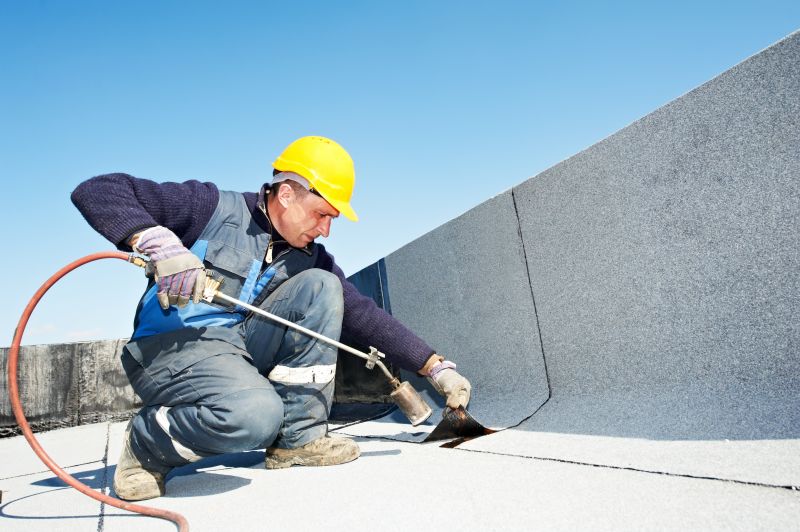
A 60-second routine that keeps Waterproofings looking new.

A frequent mistake in Waterproofings and how to dodge it.

Small tweaks to make Waterproofings safer and easier to use.
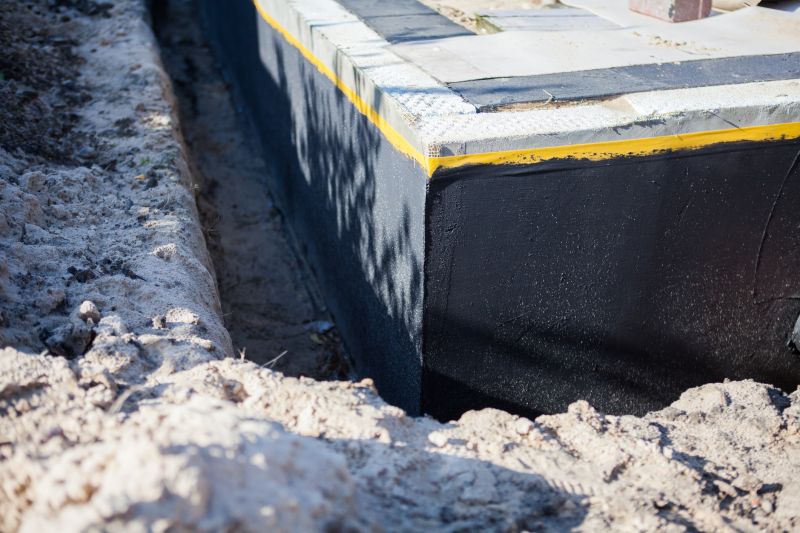
Lower-waste or water-saving choices for Waterproofings.
| Season | Ideal Conditions |
|---|---|
| Spring | Moderate temperatures, low humidity |
| Summer | Warm weather, avoid extreme heat and storms |
| Fall | Cool temperatures, low humidity |
| Winter | Cold temperatures, freezing conditions to avoid |
Choosing the right time for waterproofing ensures optimal adhesion and curing of materials, leading to long-term protection against water damage. Consulting with waterproofing professionals can help determine the best schedule based on local climate conditions and project specifics.


